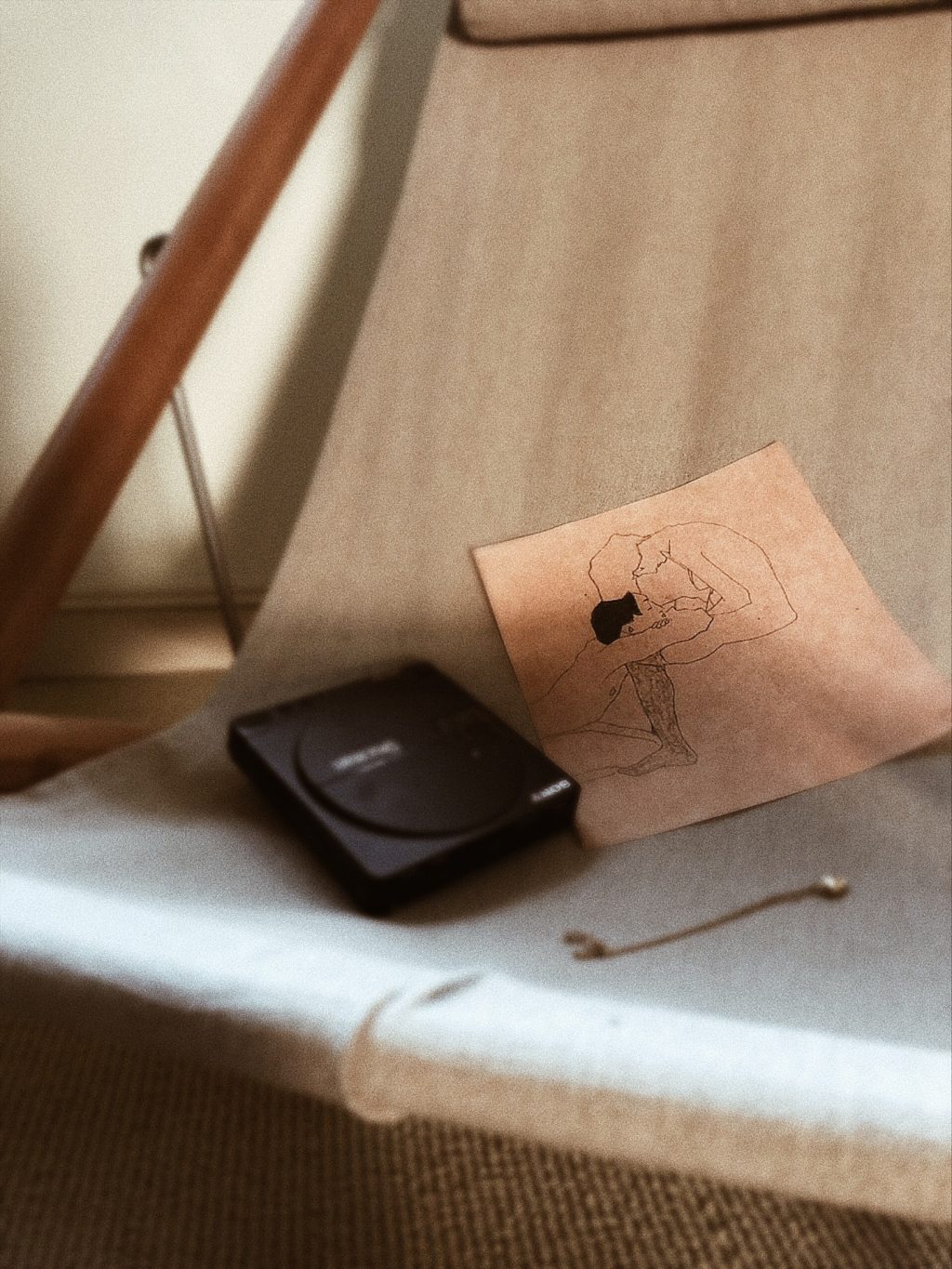By the the early twentieth century, art history was flourishing into a new era of abstraction and modernism. Regardless of any sweeping changes in genre, it was still textbook for artists to make art depicting idealized, statuesque women, a la Gustav Klimt’s Woman in Gold or Degas’ infamous ballerinas. Enter Egon Schiele, an eccentric young artist who was painting women so scandalously that dozens of his drawings were seized by Austrian police at the time of his arrest in 1912. But what exactly caused Schiele’s art to be such an arresting, provocative image to the Austrian public and the art community at large?
You may have heard of an artist famous for his grandiose portraits of women garnished with gold leaf and intricate patterns; hint, he was already name dropped in this article. Gustav Klimt was an Austrian peer of Schiele’s– one who, unlike Schiele himself, would go on to achieve critical success during his lifetime rather than after his death. Although Klimt was a definite influencer of Schiele, his work was profoundly different in its portrayal of eroticism and the female form. Klimt made his women images of exquisite feminine beauty– impossibly pale skin and delicate features, always coy and demure. His women were all either a Madonna or Venus– always beautiful, always elusive and sensual. Hope II (1907-1908) depicts a pregnant woman looking down at a draping figure that contains images of both skulls and women looking forlornly at the ground. Hope II demonstrates Klimt’s aptitude for capturing femininity with all the deliciousness of human suffering: a portrait wrought with only the most romantic of grief.
Egon Schiele, on the other hand, saw women in all their messiness and harsh edges. Even more radically so, he dared to see men in a similarly sexually charged way, challenging the parameters of the European world. Schiele went as far as to concoct a scandalous self portrait of himself in 1910 (a mere two years after Klimt stunned the world with the unveiling of Hope II.) The portrait, unpretentiously dubbed Self-Portrait with Arm Twisted Above Head, shows Schiele at his most provocative. Schiele didn’t seek to exaggerate his beauty; Instead, he includes a figure with jutting ribs and a dense tuft of underarm hair. His eyes are yellow and narrowed in direct insolence at the viewer. Schiele begs the viewer to consider an idea that was arguably fully unexplored at this time: why should this body receive any less adoration? Why deprive men of the sensuality that was largely reserved for white, European women posing in studios? His art often dove more deeply into the female form, moving closer to a convergence between physical sexuality and bodily autonomy that isn’t responsive to cultural ideals, setting a new precedence for culture’s perception of the body.
Egon Schiele lived a short life, abruptly ended at age 28 by Spanish influenza. But one needs to look no further than his self-portraits and prodigious body of work to understand the deep-seated rebellion behind the haphazard figure drawings of Egon Schiele’s career.
Violet Maxwell
arts & culture editor
Graphic: Amelia Chen

